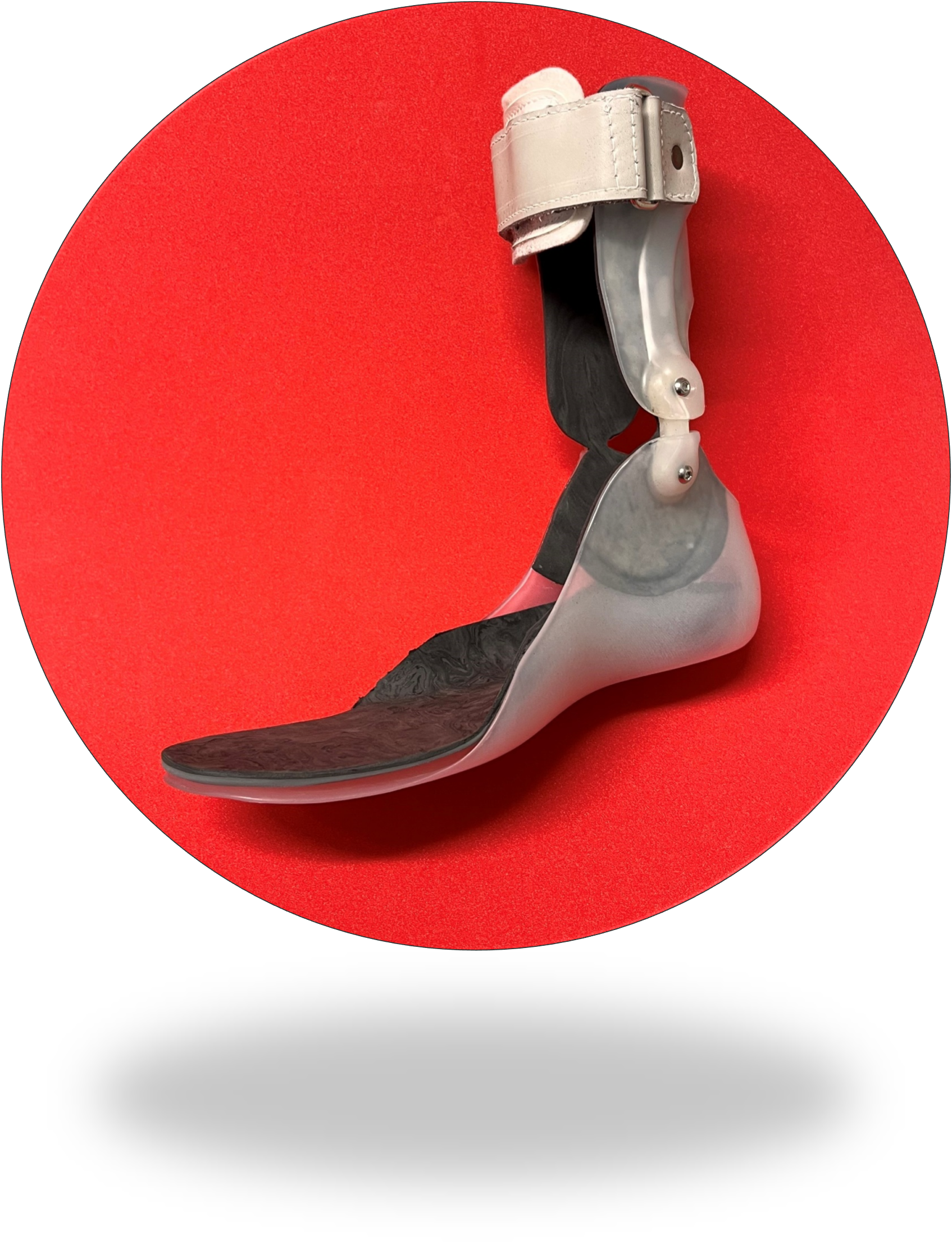

grade 4 solution may be suitable for individuals with:
- A need for correction or accommodation of a significant midfoot deformity
- Medio-lateral instability at the ankle joints
- Calcaneal malalignment in need of correction or accommodation
- Ligament laxity including PTTD stages I and II Posterior Tibial Tendon Dysfunction occurs when the posterior tibial tendon becomes inflamed or torn. As a result, the tendon may not be able to provide stability and support for the medial arch, resulting in flatfoot.
grade 4 prescription options
A Grade 4 solution includes UCBL, SMO and similar devices that provide increased hindfoot and ankle stability compared to a grade 3 device
- Cast is modified as specified and can include areas of relief and areas of increased loading to achieve the desired outcome
- The device can be fabricated out of one or multiple layers of foam, plastics or carbon fibre
- Additional padding, wedging and straps using a range of materials
Orthosis Creation Process:
- A (negative) cast is taken of the patients foot and ankle
- The cast is filled to create a positive model of the patient’s limb. The positive mould is modified as per the clinicians requirements and requests
- Layers of plastic and foam are individually vacuum formed over the cast including any optional additions to form a device
- The device is expertly ground to suit the patients’ needs and trimmed to an appropriate size
- Appropriate padding and straps are added
- Quality checked and dispatched to either the patient or clinician for fitting
grade 4 clinical result:
Why Orthotics Matters
Patient presented with a traumatic strain from rolling their ankle. Functional activity was limited during the initial recovery, the patient was fitted with a moon boot which enabled weight bearing. The patient’s foot and ankle were cast after the initial oedema
Is swelling caused by the accumulation of fluid in a part of the body.
had reduced and stabilized. A grade 4 Orthosis was fabricated and fitted.
This interim solution enabled the patient to return to work as part of the rehabilitation plan and provided a solution that would mean they could function with relative normality in other parts of their daily life.